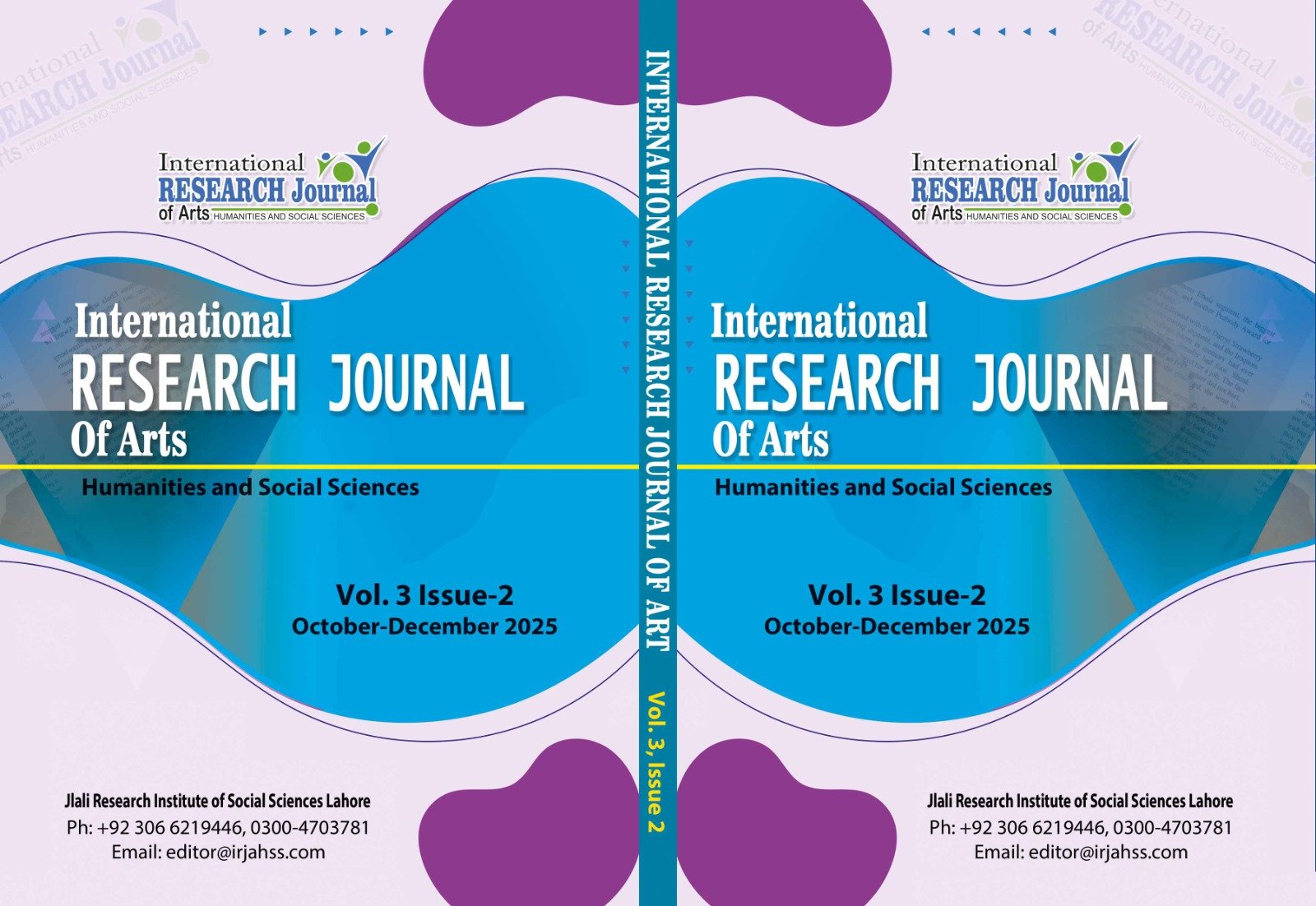Facadism: A Happy Medium to the Dichotomy of Demolition and Conservation
DOI:
https://doi.org/10.3456/xvb9xf70Keywords:
Facadism, adaptive reuse, conservation, demolition, urban regenerationAbstract
The conflict between urban development and heritage conservation remains a significant challenge in modern architectural practice. The preservation of historic structures plays a crucial role in safeguarding cultural and architectural heritage; however, this often comes into conflict with the demands of economic growth and urban expansion. Conversely, while demolition offers an opportunity for new development, it entails the significant cost of erasing historical continuity. Situated in between, Facadism has emerged as a controversial yet increasingly embraced architectural strategy that seeks to preserve the façade of a heritage building while integrating new construction behind it. Despite frequently facing criticism for its perceived superficiality and potential compromise of authenticity, facadism offers a negotiated middle ground that aims to balance the preservation of architectural heritage with contemporary functional and economic demands. This paper critically examines facadism as a potential 'happy medium' in the dichotomy of demolition and conservation. Through a structured literature review, it explores the origins, typologies, advantages, and limitations of facadism, along with the socio-cultural and urban conditions that justify its application. The analysis is supported by a series of cases that highlight the diverse outcomes of facadist interventions in different urban contexts. Ultimately, the paper argues for a nuanced understanding of facadism, not as a universally applicable solution, but as a context-dependent strategy within the broader discourse on adaptive reuse and heritage-led redevelopment.
Downloads
Downloads
Published
Issue
Section
License
Copyright (c) 2025 International Research Journal of Arts, Humanities and Social Sciences

This work is licensed under a Creative Commons Attribution 4.0 International License.
Disclaimer: The International Research Journal of Arts, Humanities and Social Sciences (IRJAHSS) upholds the principles of open access, ensuring unrestricted access to scholarly content to foster the sharing and advancement of knowledge. The opinions expressed in the articles solely belong to the authors and do not necessarily reflect the views or policies of the journal's editorial team, editorial board, advisory board or research institute.






